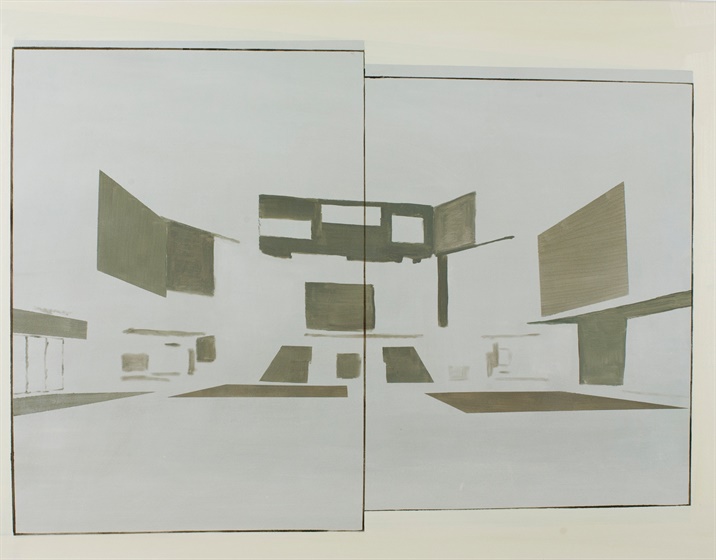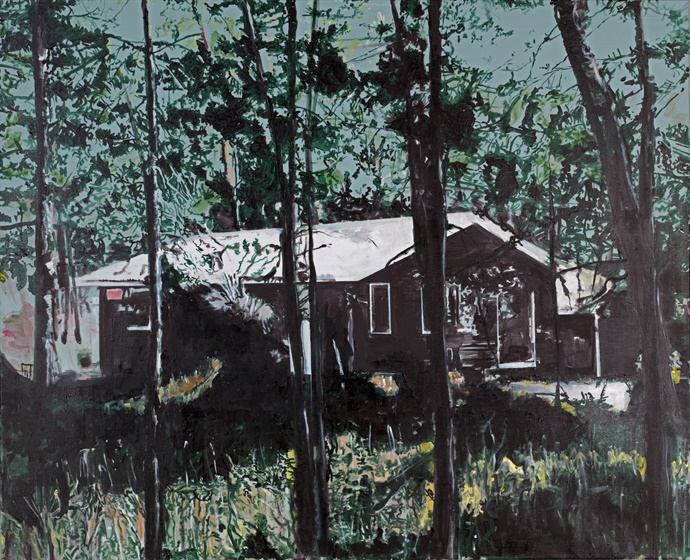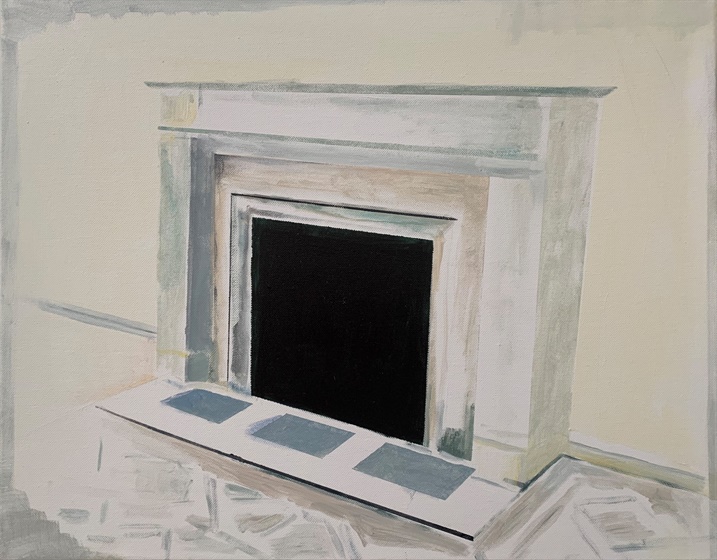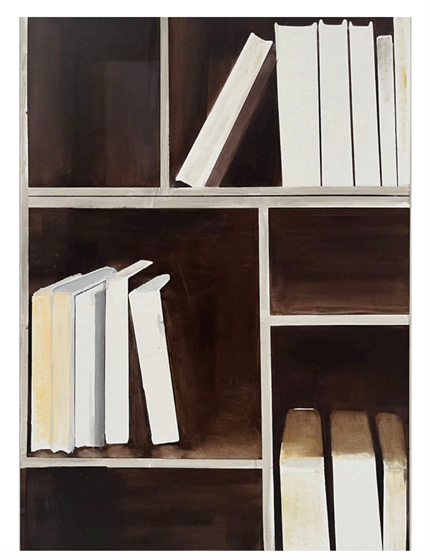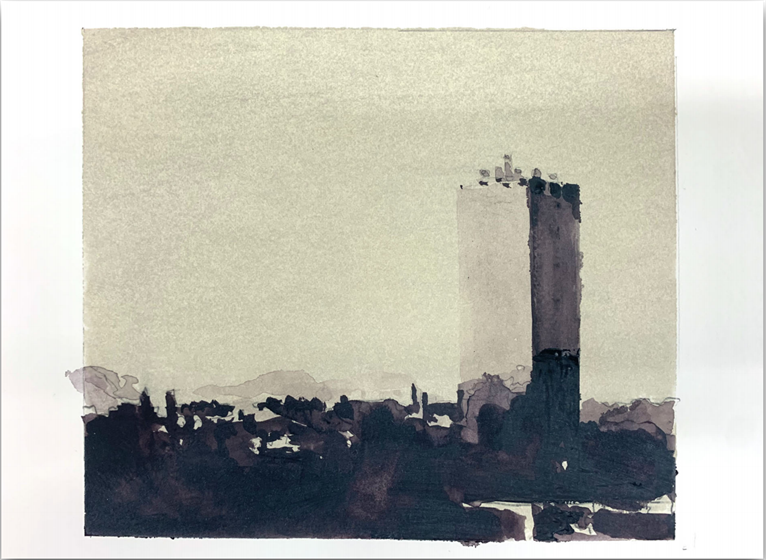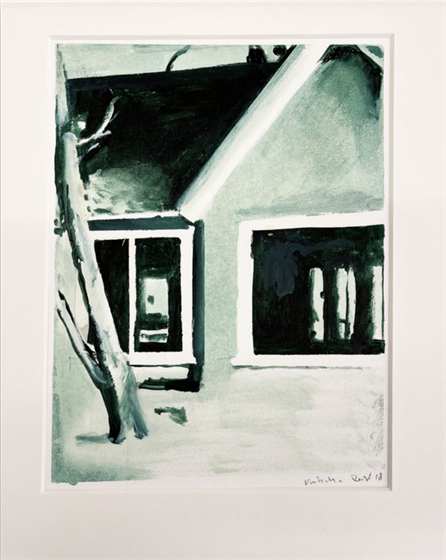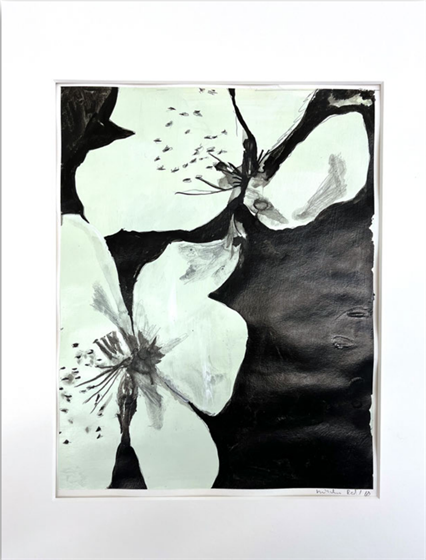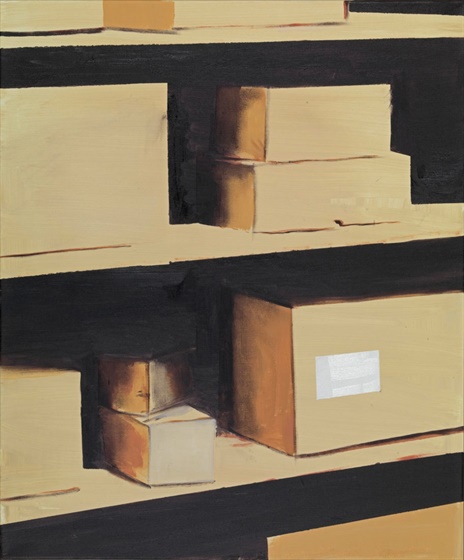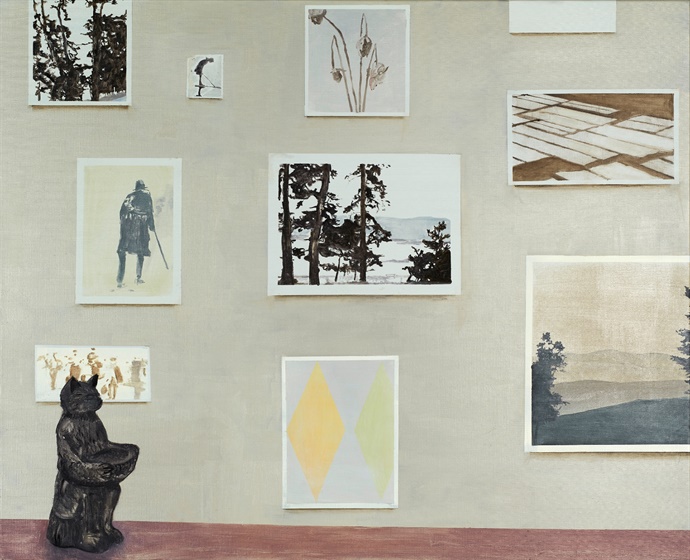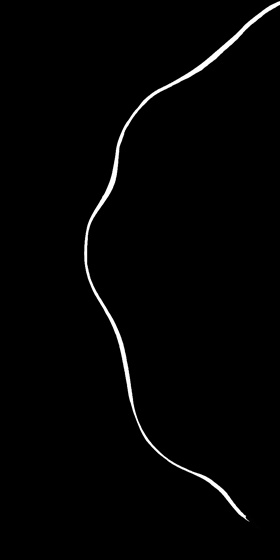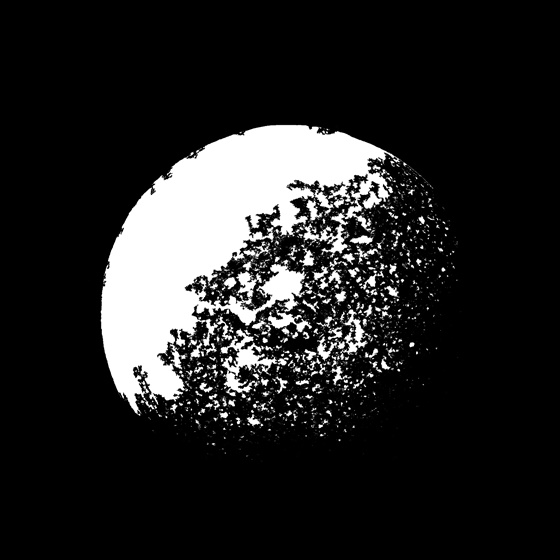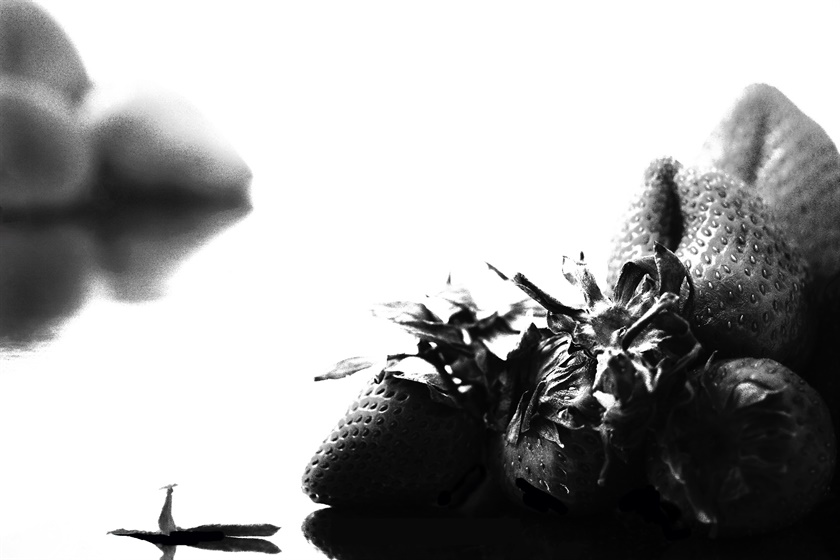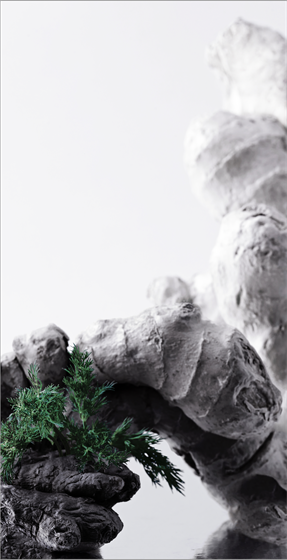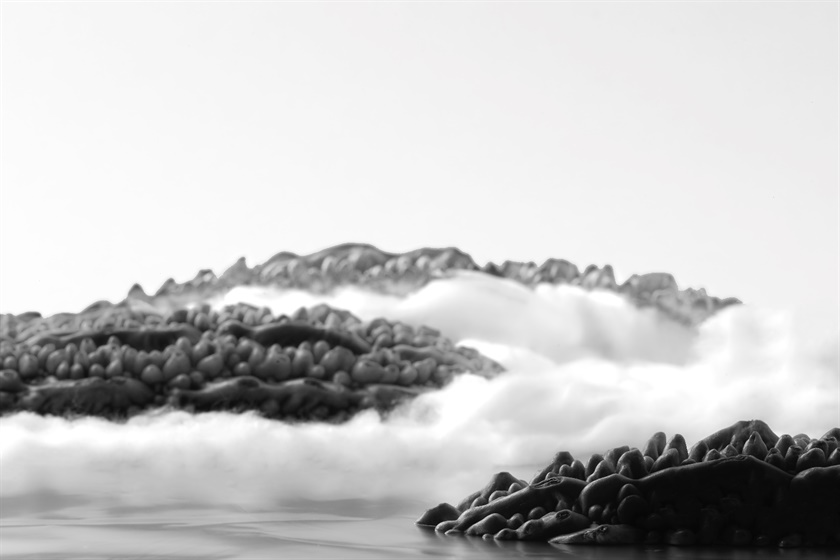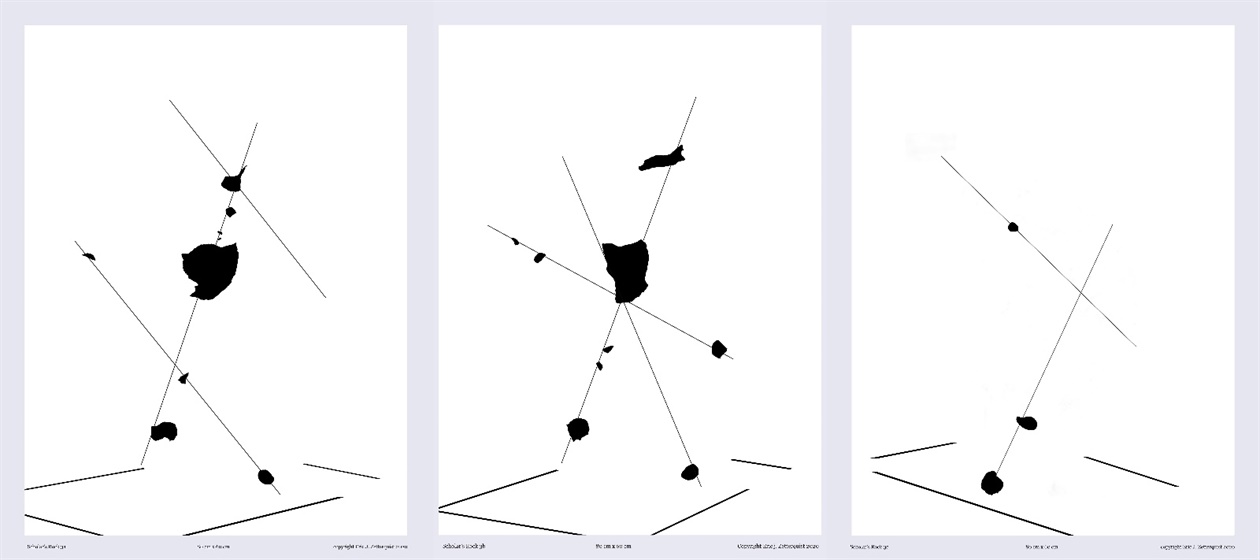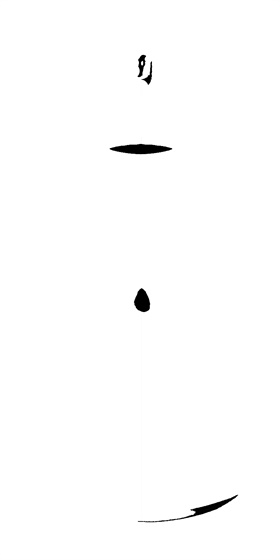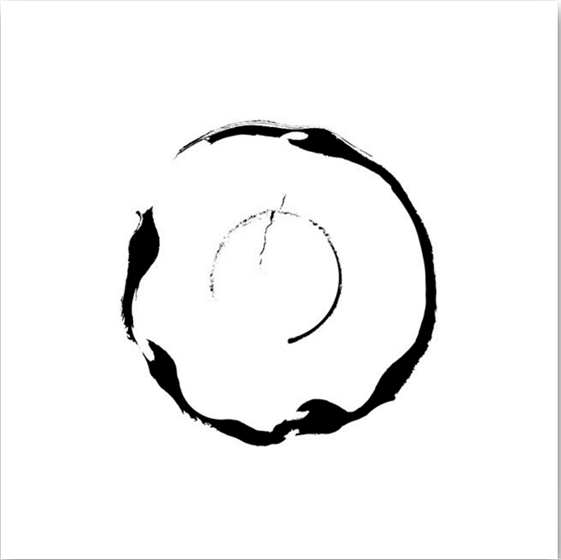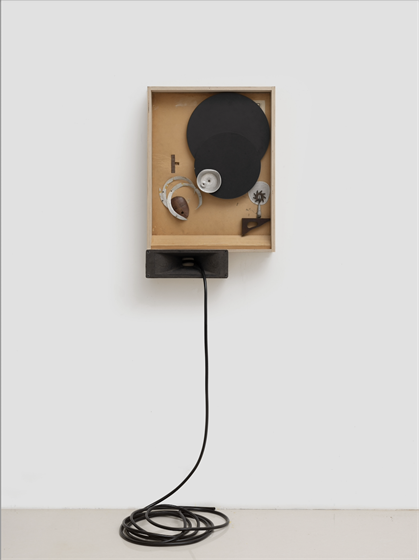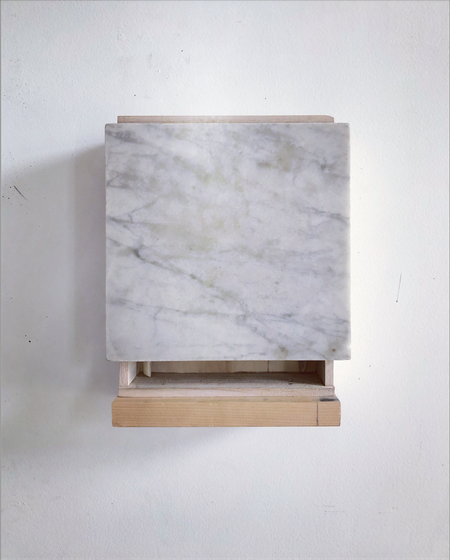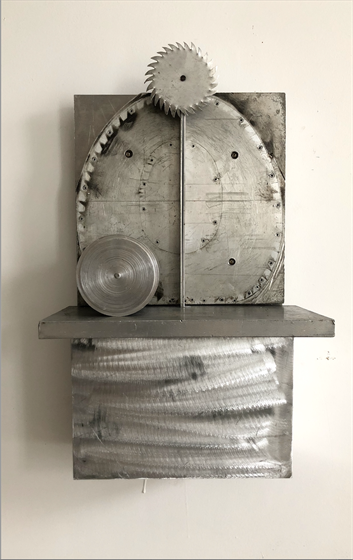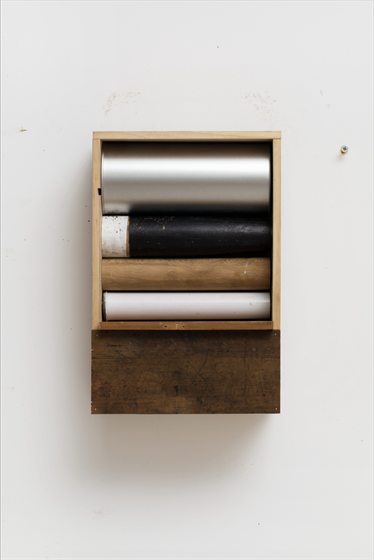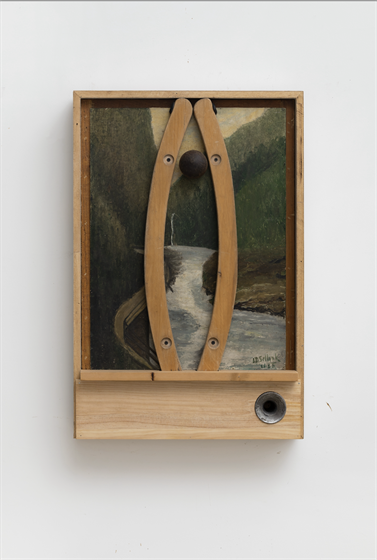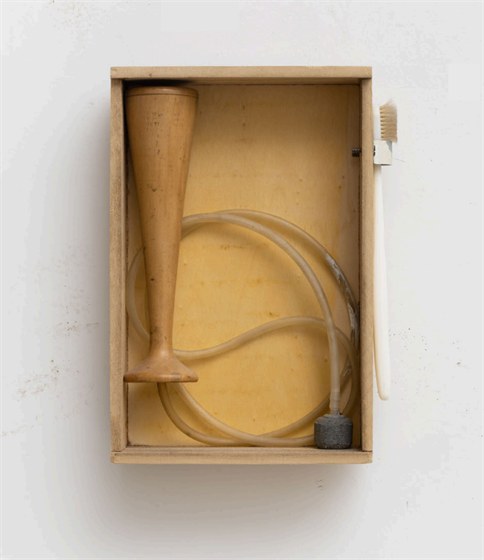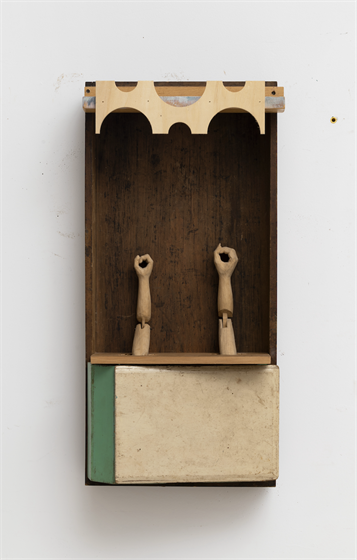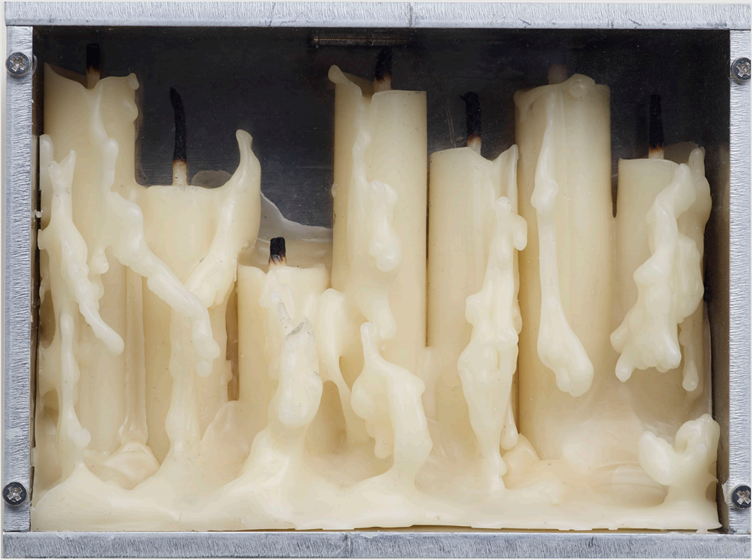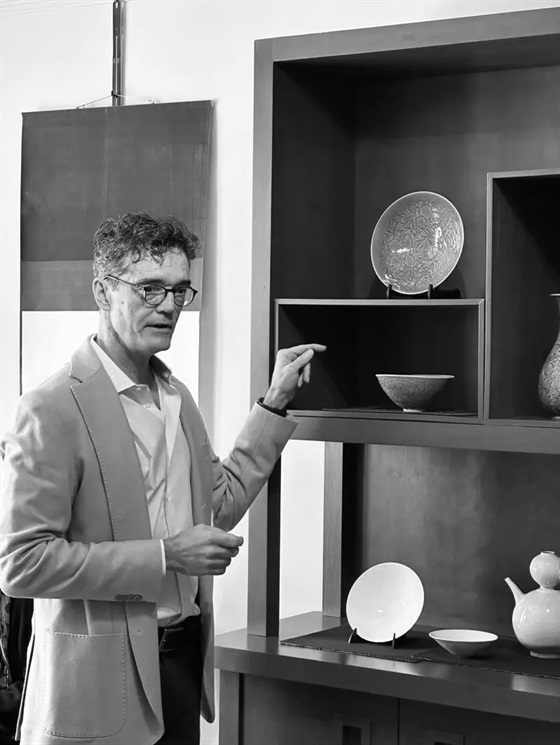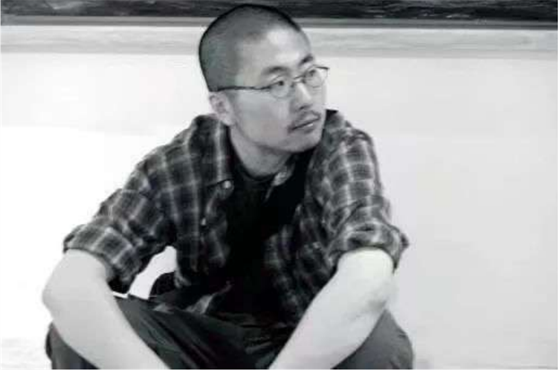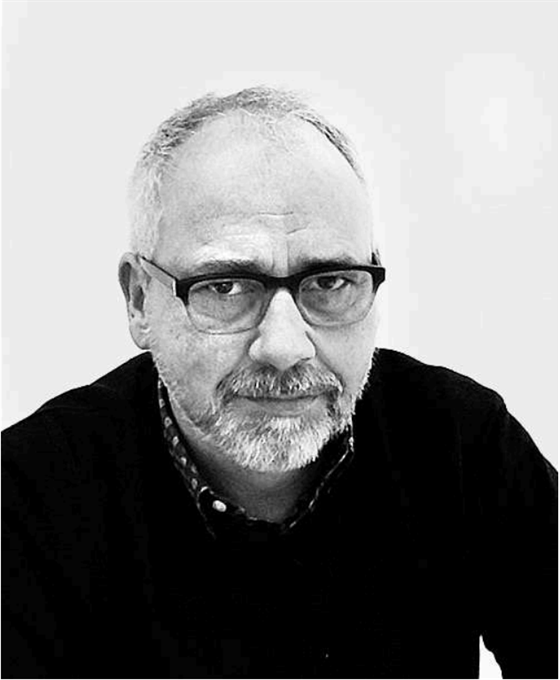Video Link of the Exhibition: As above, So below
Memories are private but can also be shared or exist collectively. From a macro perspective, memories encompass the collective impressions that society and cultural environments impart to individuals in a specific era, intertwined with the artifacts that emerge from these impressions, carrying the information of that era. These artifacts also reflect corresponding stylistic characteristics and artistic forms. From a micro perspective, memories are also the "secrets" possessed by individuals. Artists incorporate their memories into their artworks, collect fragments of memories along the timeline of history, utilize various media to create, "appropriate" materials from the past, and transform them into a unique artistic language, or even "restore" them to their intended state in the artist's mind. This forms a personal interpretation of the meaning of time within the context of the contemporary times. Partial or dispersed, three-dimensional or flat, the contemporary artworks and ancient artifacts convey reflections on the past "object holder" in a new dimension of space and time. They create a unique personal archive by reinterpreting memories, enabling audiences to subtly perceive the existence and transformation of temporality within space."
Memories are often abstract and difficult to articulate, so people tend to attach them to tangible entities as symbols of remembrance. The exhibition features artworks of three artists with distinct styles. Through mediums like painting, photography, and installations, audiences can catch a glimpse of these artists' unique interpretations of "materialized" temporality. Similarly, the profound essence of Zen is projected onto the exquisite collection of artifacts from aristocratic women's secular experience and the memories of elegant scholars' life.
The box installations created by artist Zheng Yi is a regulated and focused space, using minimalistic language to shape a dialogue between individuals and collective life. Eric Zetterquist concentrates on the forms of ancient classical daily objects and the form of food itself, creating an atmosphere reminiscent of literati landscape paintings through the juxtaposition of positive and negative shapes. Kotscha Reist tends to use private photographs as the base, utilizing reinterpretation and recreation to evoke the sensation of distant memories through blurred brushstrokes. The works of these three artists present distinctive and parallel realms of memory, guiding audiences to delve into the unique domains of their respective recollections. At the same time, the objects in hands carry the ancient people's inherent understanding of an ideal life, preserving the warmth of humanity, and laden with memories passed down from generation to generation. Within the same space, time intertwines and overlaps with different memories, like an ever-expanding and intricate net.
"These wooden boxes attempt to explore the spirituality of objects and the objectification of humans."
-- Zheng Yi
Zheng Yi's artworks "encapsulates" his memories and feelings. Objects with established purposes and definitions are logically assembled in a limited box space according to the artist's conception of what they should be, all together like a cabinet of wonders. Within this predefined scope, they retain his personal feelings and extend the source of his memories. As the artist mentions that the artwork serves as a passage for him, allowing him to transcend different times and spaces. Zheng Yi explores his thoughts and expresses his contemplations through varied textures, shapes, and arrangements of objects, achieved by freely switching between materials such as aluminum, bone, wax, and wood. Sometimes, he extends and expands from the box, breaking the fixed shape of the artwork within the frame, creating interactive contrasts between the artwork and the external space. When a work is "completed," it still needs to undergo the artist's verification, a process that can vary in duration. Sometimes, it takes several months before Zheng Yi approves the work, and only then is it allowed to be shown to the public. Zheng Yi believes that objects and artworks will evolve, forming a kind of "life" that connects with the exhibition space and the audience, reproducing itself within the memories of them.
“I want my art to be beautiful and relevant, not only to our generation, but future generations as well. There will always be a need to connect humanity to its past, and the pursuit of perpetual relevance is why I make art that serves.”
-- Eric Zetterquist
Eric Zetterquist's works blend modern visual imaging techniques with elements of ancient artifacts. The main focus on ancient ceramics showcases the artist's precise control over the lines of the objects while also concealing reflections on memory and the passage of time. Eric's long experience of photographing in museums has given him a unique aesthetic for artifacts, and as a foreigner, his distinct perspective adds another layer of charm to those antiquities. To a certain extent, Eric has abstracted and provided a contemporary interpretation of ancient artifacts, exploring and presenting the negative spaces of objects through a predominantly black-and-white, silent, and calm color palette. In ancient times, the creation of artifacts was often accompanied by hand-drawn designs. People would record the shapes and aesthetics thinking of the artifacts through white sketches, just like how the Song Dynasty meticulously documented their collection of ancient bronze vessels. Similarly, Eric's work crafts personalized, contemporary portraits of these ancient artifacts through the aesthetic lens of a modern perspective. Focusing on aesthetic scrutiny, Eric's pure black-and-white language highlights the contemporary depiction of minimalist lines. He employs photography to establish connections and narrate the ancient and contemporary, with his works uniting the artist, the viewer, and the physical artifacts of the past, creating a timeless archive of the present.
Everything that finds its way into his art goes through a process of mental and painterly appropriation.
——Sibylle Omlin, Art Critic
In Kotscha Reist's works, everyday objects are "appropriated" from their original three-dimensional forms and presented as flat visuals. His artworks draw inspiration from a collection of photographic images that reflect collective consciousness, as well as self-conscious images from his personal life. The artist focuses on capturing places that leave him a lasting memory and uses light, delicate colors, and brushstrokes to give the objects a misty ambiance akin to dusk, also imbuing a Zen-like quality that transcends everyday life. The artist often chooses everyday objects that possess narrative and spiritual qualities as carriers of memory and objects to be sketched, such as a storage box in a corner, a fireplace, a book placed diagonally on a shelf, and more, all presented in a scene that emanates a serene and independent subtle aura. Meanwhile, audiences may unconsciously intervene in the whispers between the artist and the artworks, or create their own interaction with the artwork to solidify memories. These scattered memories seem to permeate every brushstroke, leading the audiences to a scene of deep-seated emotions.
Memories become reflections of the individual, and objects transform into receptacles of memory, embodying a concept akin to the aphorism of the relationship between stars and humanity, as recorded in the Emerald Tablet “As above, so below”. This Hermetic text can be translated to the meaning raised in “I CHING (Book of Changes)” ---- that people seek their origins in the sky, and comprehend the order of the world's workings through the observation of celestial phenomena and the passage of time. Simultaneously, while within the realm of remembrance, they may be searching for reflections of their own spiritual and material existence. The intricacies of human memory resemble the multitude of stories unfolding in a parallel universe, each one independent and parallel, yet also intertwined and interrelated with each other. Abstract impressions influence their concrete expressions, often assimilated and attributed to the collective subconscious memory in a broad sense. Just as psychologist Endel Tulving proposed the concept of "episodic memory"- the memory of personal experience and their temporal relationships, within the artistic realm, audiences visually revisit the context of those moments associated with "objects", as if embarking on a journey through time and space.
As above, so below. The countless memories, like stars, are akin to reflections of human beings, originating from the past and carrying inner emotions. Whether it is the objects in the artworks or the ancient artifacts themselves, they not only have different past experiences but also connect with present experiences, and at the same time, they create intertwined "new memories" within the physical space of reality. Here, objects are not merely "physical entities" per se, but a whole interconnected with the human inner world. As humans continuously explore and pursue the essence of the material world through scientific methods, they may ultimately perceive it only within their intrinsic subconsciousness, as which “As within, so without. As above, so below.”

